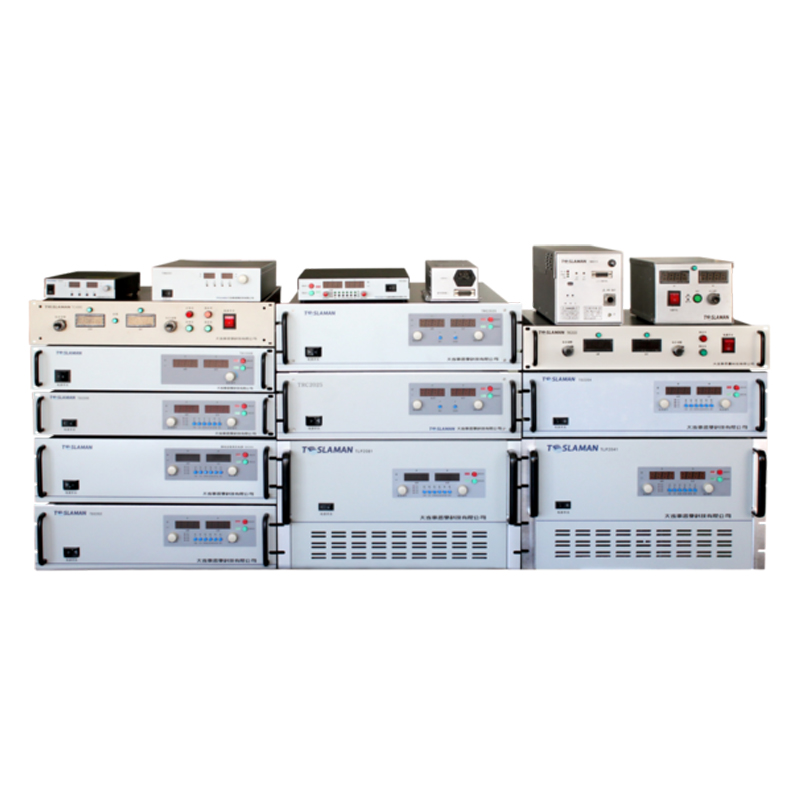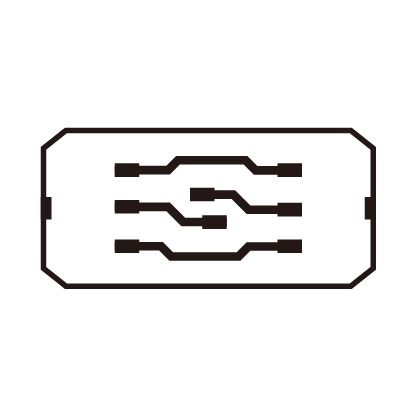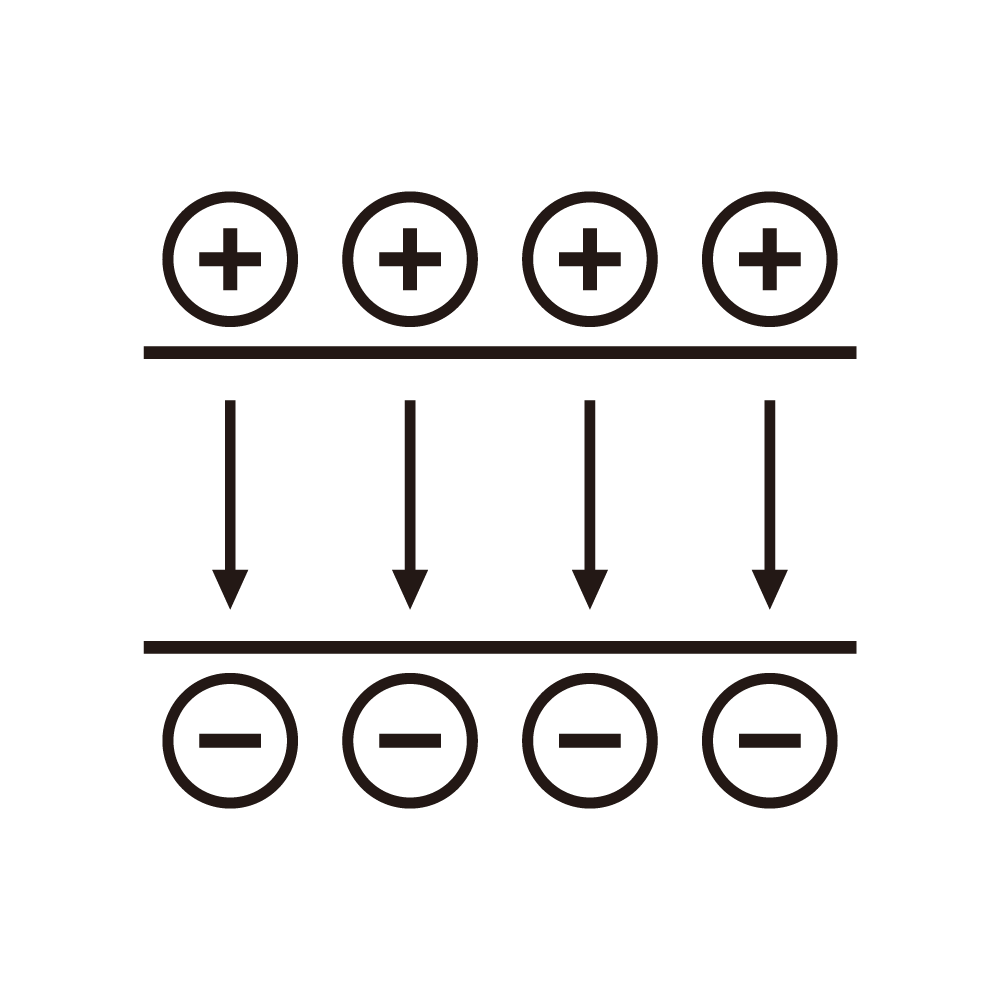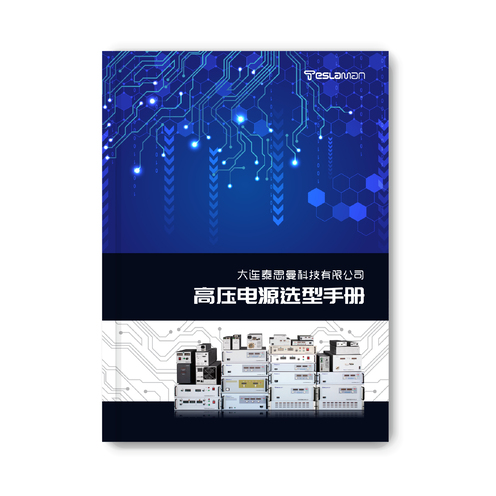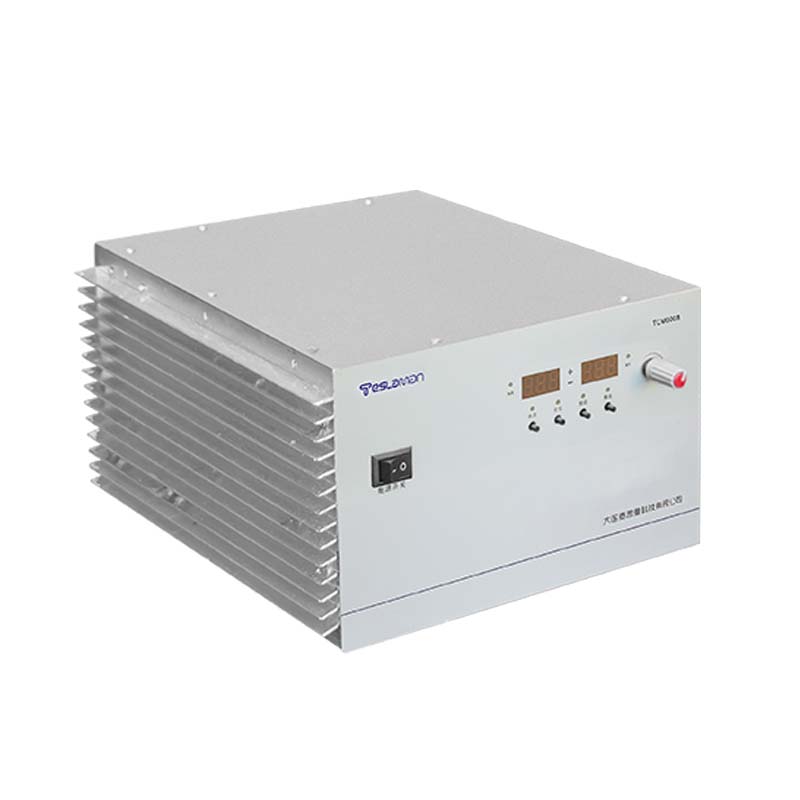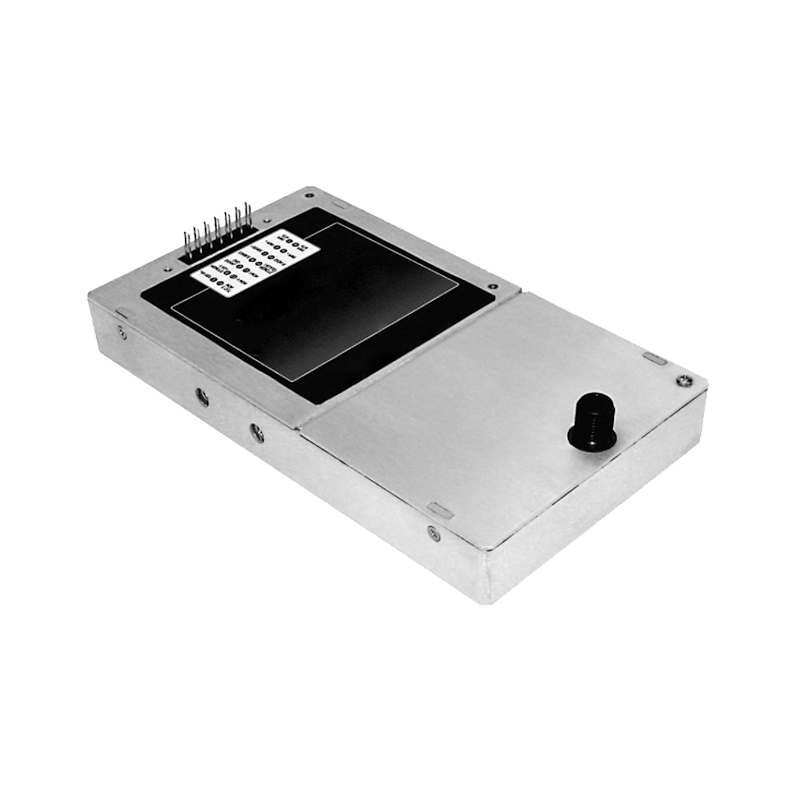Efficiency Optimization of High-Voltage Power Supplies for Semiconductor Testing
In the field of semiconductor testing, high-voltage power supplies play a crucial role. Their performance directly affects various aspects such as the accuracy, reliability, and cost-effectiveness of testing. Among these, the efficiency optimization of high-voltage power supplies has become a key research and practical direction.
The main function of high-voltage power supplies in semiconductor testing is to provide stable and precise high-voltage excitation for the devices under test. During this process, the degree of effective utilization of electrical energy, that is, efficiency, has become an indicator that cannot be ignored. In principle, high-voltage power supplies usually convert the input low-voltage electrical energy into the required high-voltage output through a series of conversion circuits, such as transformers, rectifiers, and inverters. However, energy losses are inevitable in these conversion links. For example, there are core losses and winding resistance losses in transformers, and conduction and switching losses of switching devices in rectifiers and inverters. These losses not only reduce the overall efficiency of the power supply but also may cause the power supply to heat up, thereby affecting its stability and service life.
To optimize the efficiency of high-voltage power supplies for semiconductor testing, we can first start with the selection of circuit topology. Traditional linear high-voltage power supplies have relatively large power losses and lower efficiency when outputting high voltages due to the limitations of their working principles. In contrast, switching high-voltage power supplies achieve voltage conversion through high-frequency switching actions and can maintain high efficiency under different load conditions. For example, a high-voltage power supply with a full-bridge inverter circuit topology can reduce the current stress of switching devices compared to a half-bridge topology under the same input and output conditions, thereby reducing conduction losses and improving overall efficiency. Moreover, reasonably optimizing parameters such as the turn ratio, magnetic core material, and winding wire diameter of the transformer in circuit design can also effectively reduce losses in the transformer link. For example, selecting new magnetic materials with high permeability and low losses as the transformer core can reduce hysteresis losses and eddy current losses.
Secondly, the selection of switching devices and drive technologies also have a significant impact on the efficiency of high-voltage power supplies. New power switching devices, such as silicon carbide (SiC) and gallium nitride (GaN) devices, have lower on-resistance and switching losses compared to traditional silicon-based power devices. Applying these devices in high-voltage power supplies can achieve higher efficiency conversion in the high-frequency switching state. Meanwhile, precise drive circuit design can ensure that switching devices operate at the optimal switching moments, avoiding additional losses caused by switching delays or oscillations. For example, a drive circuit using zero-voltage switching (ZVS) or zero-current switching (ZCS) technologies can make the voltage or current of switching devices zero when they are turned on or off, thereby greatly reducing switching losses.
Furthermore, the control strategy of the power supply is also crucial for efficiency optimization. Adopting advanced digital control technologies, such as intelligent control algorithms implemented by digital signal processors (DSP) or field programmable gate arrays (FPGA), can monitor the input and output states of the power supply in real time and dynamically adjust the working parameters of the power supply according to changes in the load. For example, under light load conditions, unnecessary energy consumption can be reduced by lowering the switching frequency or adjusting the output voltage. In addition, the application of power factor correction (PFC) technology can also improve the utilization rate of input electrical energy by the power supply, reduce the harmonic distortion of the input current, and make the power supply more efficient and environmentally friendly on the grid side.
In addition, heat dissipation management is also an important link in improving the efficiency of high-voltage power supplies. Since high-voltage power supplies generate heat during operation, if heat cannot be dissipated in a timely and effective manner, the internal temperature of the power supply will rise, which will in turn increase the conduction resistance and switching losses of devices. By reasonably designing the heat dissipation structure, such as using efficient heat sinks, fans, or liquid cooling systems, the heat inside the power supply can be quickly dissipated, keeping the power supply within a suitable operating temperature range and indirectly improving the efficiency of the power supply.
In conclusion, the efficiency optimization of high-voltage power supplies for semiconductor testing is a comprehensive task involving multiple aspects of technology and design considerations. By optimizing the circuit topology, reasonably selecting switching devices, adopting advanced control strategies, and improving heat dissipation management, the efficiency of high-voltage power supplies can be effectively improved, energy consumption can be reduced, and the overall performance and reliability of semiconductor testing systems can be enhanced, providing stronger technical support for the development of the semiconductor industry. In future research and development, with the continuous emergence of new materials and technologies, there is still great potential for further improving the efficiency of high-voltage power supplies, which will also continue to promote semiconductor testing technology to move towards a more efficient and precise direction.
